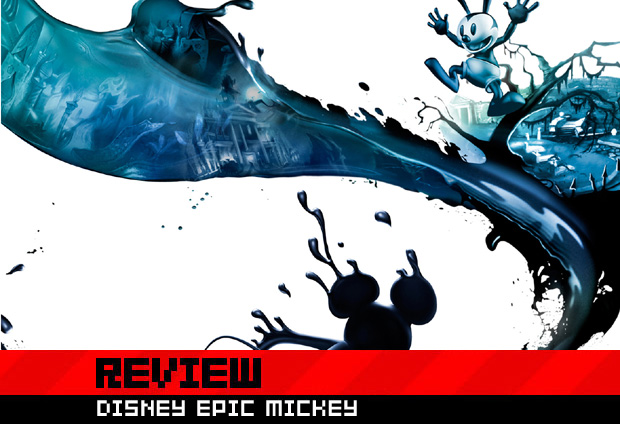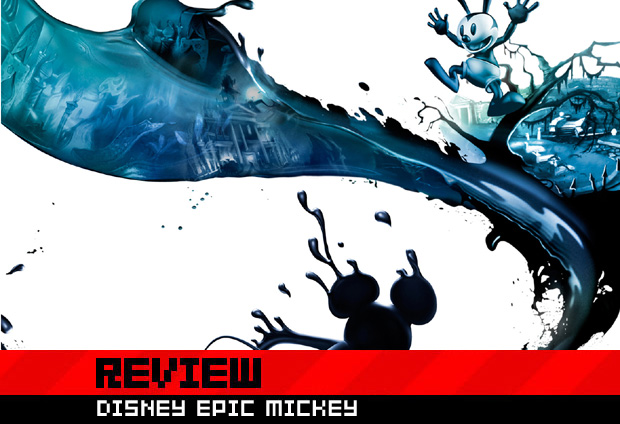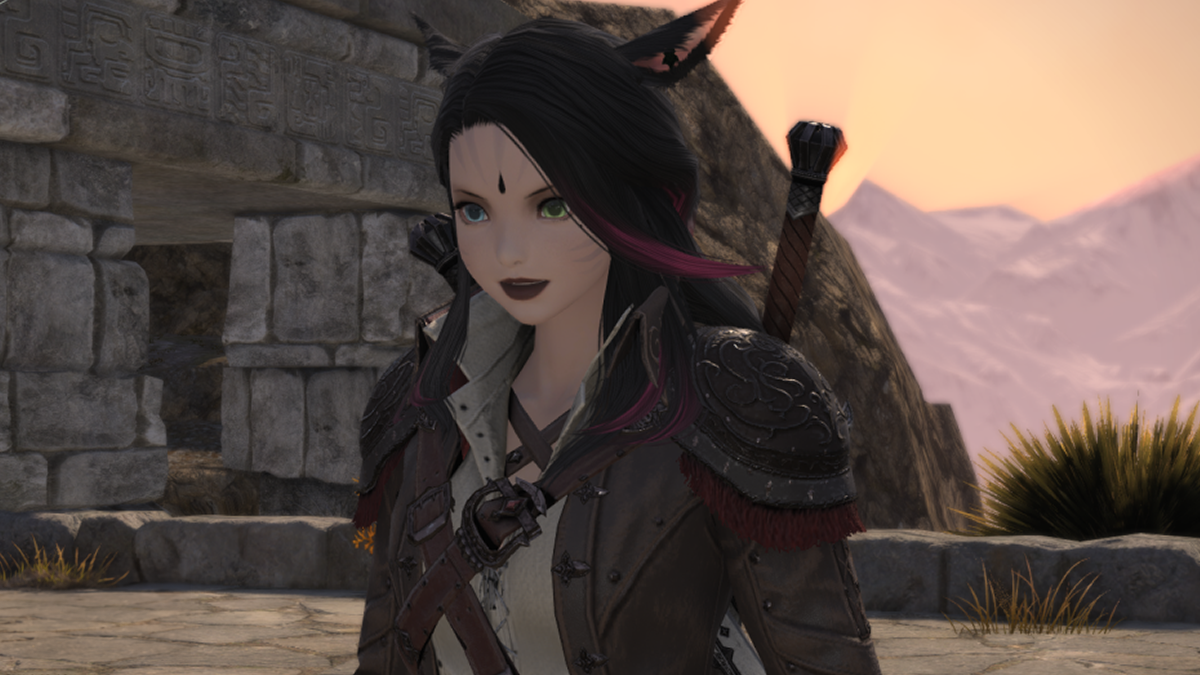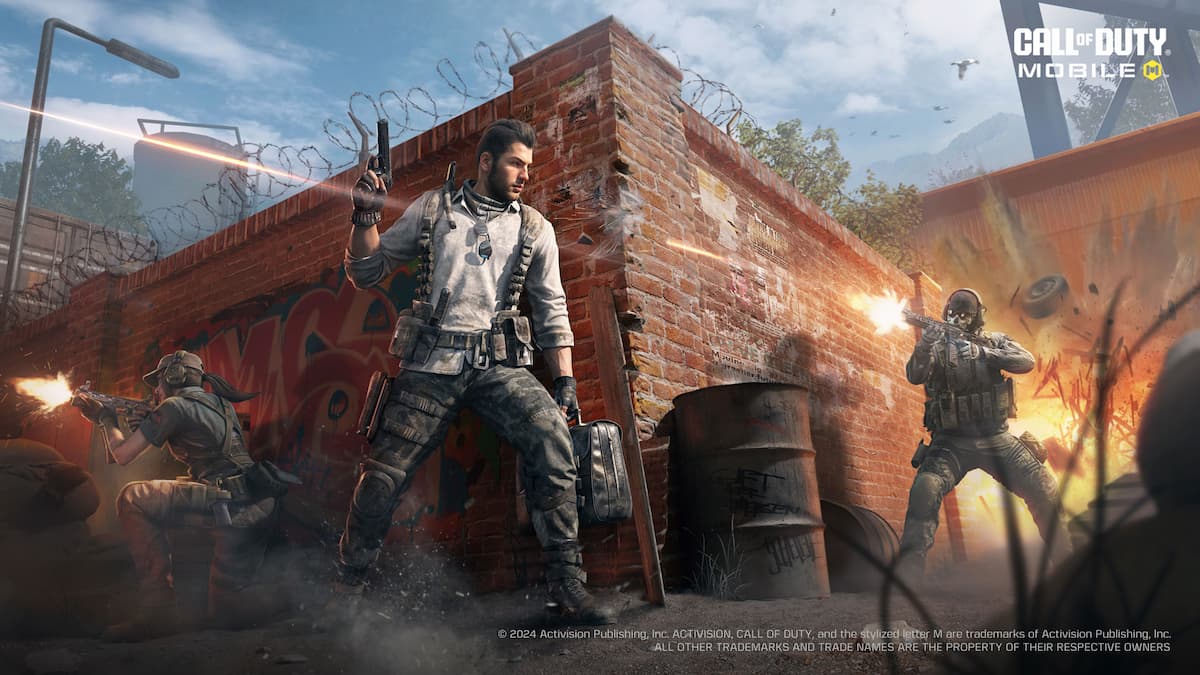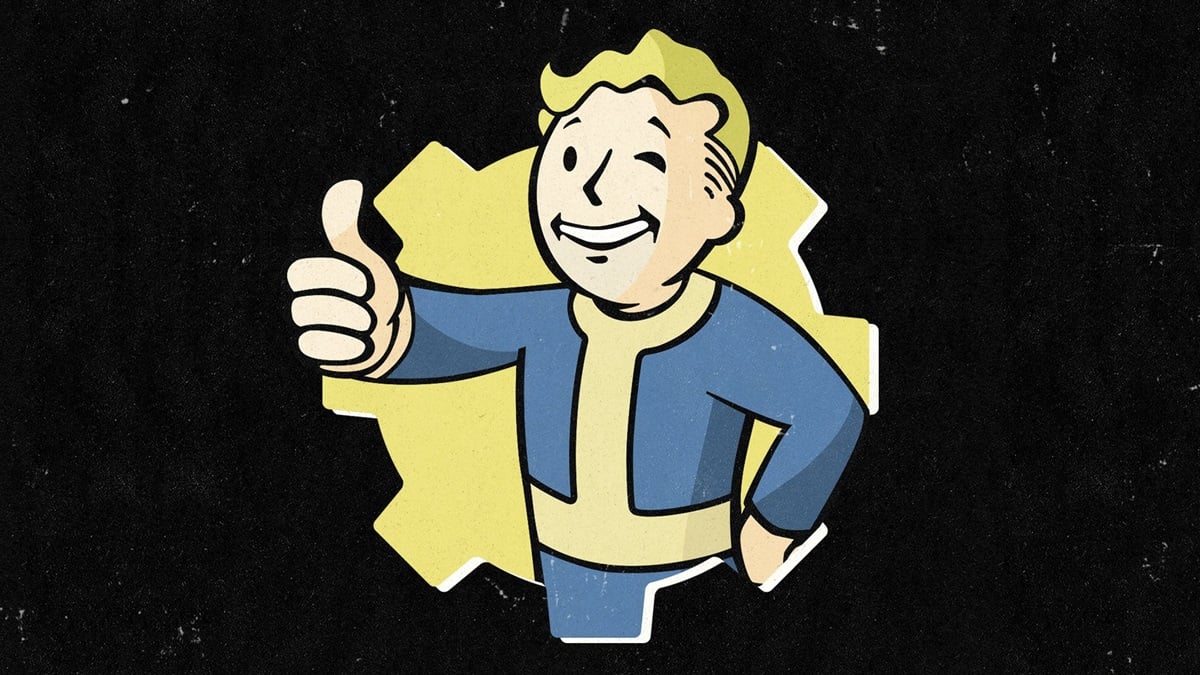Every year, there are one or two high profile 3rd party Wii games that aspire to actually shoot for mainstream acceptance. There are a lot of reasons why these games are so few and far between, not the least of which being the fact that it’s always bad business to compete against Nintendo. There are few companies in the world that have developed a reputation for quality and universal appeal like Nintendo has, in game development or otherwise.
Disney may be the only brand that can outdo Nintendo in terms of breadth of appeal and history of excellence. In fact, a love of the animation of Walt Disney has been repeatedly cited by Shigeru Miyamoto (Donkey Kong, The Legend of Zelda, Super Mario Bros.) as one of the reasons he got into cartooning, and as a result, game development. That relationship comes full circle with Epic Mickey. The game works to fuse the classic works of Walt Disney and modern Miyamoto masterpieces Super Mario Galaxy and The Legend of Zelda into one cohesive package.
How does Epic Mickey stack up against Nintendo’s first party line up? Does it live up to all that awesome production artwork or the game that was leaked out last year? Perhaps most importantly, does it turn Mickey Mouse into the video icon he seems almost destined to become? Hit the jump for the verdict.

Disney Epic Mickey (Wii)
Developer: Junction Point
Publisher: Disney Interactive
To be released: Nov. 25, 2010 (Europe), Nov. 30, 2010 (U.S.)
MSRP: $49.99
Epic Mickey is not your typical Disney game. In fact, in most ways, it’s the exact opposite of what I expected. With Disney, I almost take it for granted that the storyline is going to be a throwaway, packed with one-dimensional characters, but top quality craftsmanship will make up for whatever issues I have with the narrative content. With Epic Mickey, the exact opposite was true. If it weren’t for the storyline, I probably wouldn’t have wanted to finish this game.
Like I said in this preview, Epic Mickey is a love letter to the forgotten and/or ignored side of Disney’s legacy. You wont see any references to the High School Musical or Aladin in this game. Instead, you’ll see recreations of black and white Mickey Mouse cartoons, the return of long buried or rejected Disney characters, and more of a general sense of reverence for Disney’s history that you’re likely to find on the Disney channel. It’s a lot like the old 16-bit platformer Mickey Mania, except it goes much deeper.

The game takes place in the “The Wasteland”; a fairly accurate recreation of rides and attractions at Disneyland, inhabited by both animatronic and hand drawn characters birthed from Disney’s hand. The Wasteland is Disney through the childhood eyes of Warren Spector, the director of Epic Mickey. It’s the opportunity to see Disney through this revered perspective that makes Epic Mickey worth playing. Mr. Spector is a master game designer, and he considers the animations, animatronics, and amusement park design of Walt Disney Land to be the building blocks of what good videogame design is today. There is a lot to that statement, more than I could possibly hope to shoehorn into this review. For the sake of brevity, I’ll just say that the underlying architectural concepts and the adherence to a strict standard of quality are just the start of Disney’s influence on Spector. Perhaps more than anything else, it’s probably Disney’s lifelong passion for bringing dreams to life that has driven Spector to create this game.
Spector and his team at Junction Point have clearly worked hard to harness Disney’s spirit of imagination, but sadly, they’ve come up with mixed results. I’d be lying if I said that Epic Mickey has more raw creative power than modern-day cartoons like Adventure Time or games like Super Mario Galaxy 2. Sure, there is definitely something to be said for Epic Mickey‘s reoccurring theme of fusing classic Disneyland attractions (like Space Mountain and Pirates of the Caribbean) with classic Disney films (like Tron and Peter Pan), but the fusion of two familiar ideas doesn’t really equate a new idea. For the most part, it feels more like fan service than ingenuity. That’s the start of how Spector’s faithfulness to Disney’s past is both a blessing and a curse. While his love for the source material is in itself a powerful thing, it also limits exactly what Spector and his team can do with the game. You wont see much here that you haven’t already seen in a Disney cartoon or a Disney theme park.

Even with that limitation to work with, Epic Mickey still makes a strong effort to prioritize imagination above all else. Instead of presenting the player with a bevy of new ideas to ingest, the game instead tasks it’s audience to play to activate their own imaginations. Epic Mickey is really a collaboration in game design between the developer and the player. It’s up to you to help create the game’s world on the fly. How you go about that will have lasting implications on both your experience with the game, and the game’s experience with you.
Epic Mickey combines the basic building blocks of the 2D/3D platformer with the capacity to create and destroy the platforms around you. You can jump, double jump, and spin attack, but you can also create and destroy select walls, floors and objects with “paint and thinner”. Point the Wii remote at the screen and press B and you shoot paint, which can be used to befriend enemies, color the environment, and create new objects out of thin air. Point and press Z, and you shoot thinner, which can dissolve enemies, destroy walls, and melt NPCs in to half-puddle piles of mush.

That thinner idea is the edge of a larger, darker side to Epic Mickey. The game never strays out of kid-friendly territory, but it comes close. The game never quite evokes the brave sense of distortion found in that production art leaked forever ago, but there is no discounting the guts it took to pack the game with talking, disembodied heads of Disney favorites such as Goofy, Donald, and Daisy. The game works to tinge your experience with an underlying sense of dread in multiple other ways. Everything from a reoccurring theme of heart removal to the warped, creaky distortion on the old music that plays during Epic Mickey’s 2D levels, there are a lot of little touches that work to balance the Disney sugar with some Grimm’s Fairytales-style spice.
More than anything that Junction Point provides to the player, it’s the players own actions that allow for Epic Mickey to go to the dark side. Almost every enemy and every puzzle in the game can be handled with either paint or thinner. Your decisions will alter the game’s story, Mickey’s power-ups, and the world around him. They also alter Mickey’s appearance, in what is my favorite visual idea in the game. The more thinner-villainy you engaging in, the more Mickey’s appearance drips paint off of his body and into the sky. It’s a really cool visual metaphor for Mickey losing himself. I wish the game had more stuff like that.

The paint/thinner difference is more than skin deep. The game works really hard to make the paint solutions totally different from the thinner solutions. The “good” method of solving a problem (usually involving paint instead of thinner) is generally much harder to figure out and implement, which adds a lot of depth and re-playability to the game, particularly with the bosses. I’d go as far as to say that a lot times, Epic Mickey feels like two games in one, the “paint” game and the “thinner” game. It’s up to you to choose which you want to play.
Speaking of the game’s story, it’s definitely my favorite part of the game. Mickey is not the generic, one-dimensional cartoon hero that you might expect him to be. He has a complicated relationship with the Wasteland, particularly with its ruler, Oswald the Lucky Rabbit. Like us, Mickey doesn’t always know who these characters are. He feels guilty about that, but also confused, and at times, threatened. Likewise, Oswald feels a combination of envy, disrespect, and brotherly love with Mickey that is in no way simple. For over fifty years, Oswald and the rest of the Wasteland has watched as Mickey Mouse has gone on to gain the love and adoration of the entire world, while the Wasteland has sat alone in obscurity, left to fend for itself. How does Mickey handle a situation where he’s the outsider, and maybe even the villain? Will Oswald give in to his bitterness and jealousy towards Mickey? Should he? These are the kinds of questions that you can only ask about a dynamic, three dimensional relationship. I don’t remember myself ever asking those questions about a feature-length Disney cartoon. In that way, Epic Mickey has already outdone many of the films that inspired it.

It’s ironic that the game’s writing does such a great job of showing off its characters from multiple angles, while the in-game camera has the horrid tendency to auto-adjust to the most unhelpful positions. I never would have guessed that a game backed by a huge company like Disney would flop on one of the basics of 3D platformer design. Sometimes the camera it will automatically swing to an angle to the point where you can’t see anything but the floor or the ceiling. Worse, you can’t always manually adjust the camera which means you’re stuck looking at the floor, hoping that if you can survive long enough to get to somewhere else on the map, that the camera will auto-adjust itself to a sane position. This leads to quite a few unfair deaths. I was also killed more than a few times by the fact that after you take a hit, you can’t move and you don’t go into an invincibility stun. That means that enemies can easily combo you to death. The game is loaded with checkpoints, so death is never that big of a hindrance, but it’s still irritating, especially given the game’s pedigree. Junction Point could have done better.
As for level design, the game is a mixed bag, swaying between mediocre to great ideas. I definitely had more fun with the Mickey Mania-esque 2D levels (which generally work as portals between different areas) than I did with the 3D bits (which make up the bulk of the game) mostly because I’m generally more into a linear approach to platforming. I also wasn’t the biggest fan of the game’s many fetch quests. Most of them are optional (allowing you to snag one of the game’s hundreds of collectibles, including two classic Disney cartoons), but sometimes they are mandatory. That’s not always a bad thing. A few of them were a lot of fun. Others were just annoying, particularly because they did so little to instruct me as to what I needed to find, and where I needed to find it. Looking in random places for flowers for twenty minutes was not that fun, and running around with a pack of Oswald’s children until I discovered by accident that I was supposed to lead them to a drainpipe that illogically worked like a vacuum cleaner, just felt cheap.

That speaks to another issue I had with Epic Mickey. The pacing definitely feels a bit off. Mixing up the 2D and 3D levels is a great idea, but the 2D levels usually feel too short, and the 3D levels too long. It’s great that the 3D levels are so expansive and inviting. It’s easy to get lost in them, exploring and finding new areas and pick ups with a Metroid-like sense of discovery. There is also a wide variety of enemies to take on. Figuring out the best method of taking them out is always a fun challenge. That said, the 3D levels can also feel like a slog at times. There are too few milestones, often times leaving you feeling like you’ve got nothing to show for your exploration. Every area does introduce a new item you can use (time-slowing clocks, T.V.s, etc) but they generally feel tacked on and forgettable. Swapping them out for more interesting power-ups, and adding more boss battles, greater variety of environmental hazards, and other fresh and interesting challenges would have done a lot to help the game compete head-to-head with the Wii’s best action/adventure titles.
In terms of graphics and sound, the game sometimes comes close to Nintendo 1st party titles, mostly thanks to the excellent art direction. Again, it’s technical problems, not the ideas behind them, that hold the game back. The character animation is consistently great, but it’s hampered by occasional frame rate dips. The texture work is inconsistent. Some enemies and areas look great, while others look glaringly out of place. As for the soundtrack, it ranges from purely atmospheric to downright catchy, though much of the score is ultimately unmemorable.

Epic Mickey falls short of brilliance, but because it stands on such a strong concept, it doesn’t always need brilliance to remain compelling. This is a game that older (and younger) Disney fans could easily call their favorite of all time. If due to your age (or lack of interest in videogames) you’ve never played better designed, better paced, better looking Wii titles in the same genre, you might see Epic Mickey as a work of pure genius. In a way, it’s my own lack of reverence for Disney in general, and my over-indulgence in gaming’s greatest titles, that limits my ability to enjoy Epic Mickey. That said, there was still a lot for me to love here. While I rarely had a mind-blowing experience with the game, I still had a hard time putting it down, even after multiple cheap deaths and boring fetch quests. The way Epic Mickey engages the player as an active participant in the design process is extremely compelling, as is the surprisingly sharp and emotionally wrought storyline.
A mixed bag like this is hard to score. Parts of the game are definitely a 4, while other bits are a 10, with a whole lot of stuff in-between. Guess I’ll split the difference and go for a…
